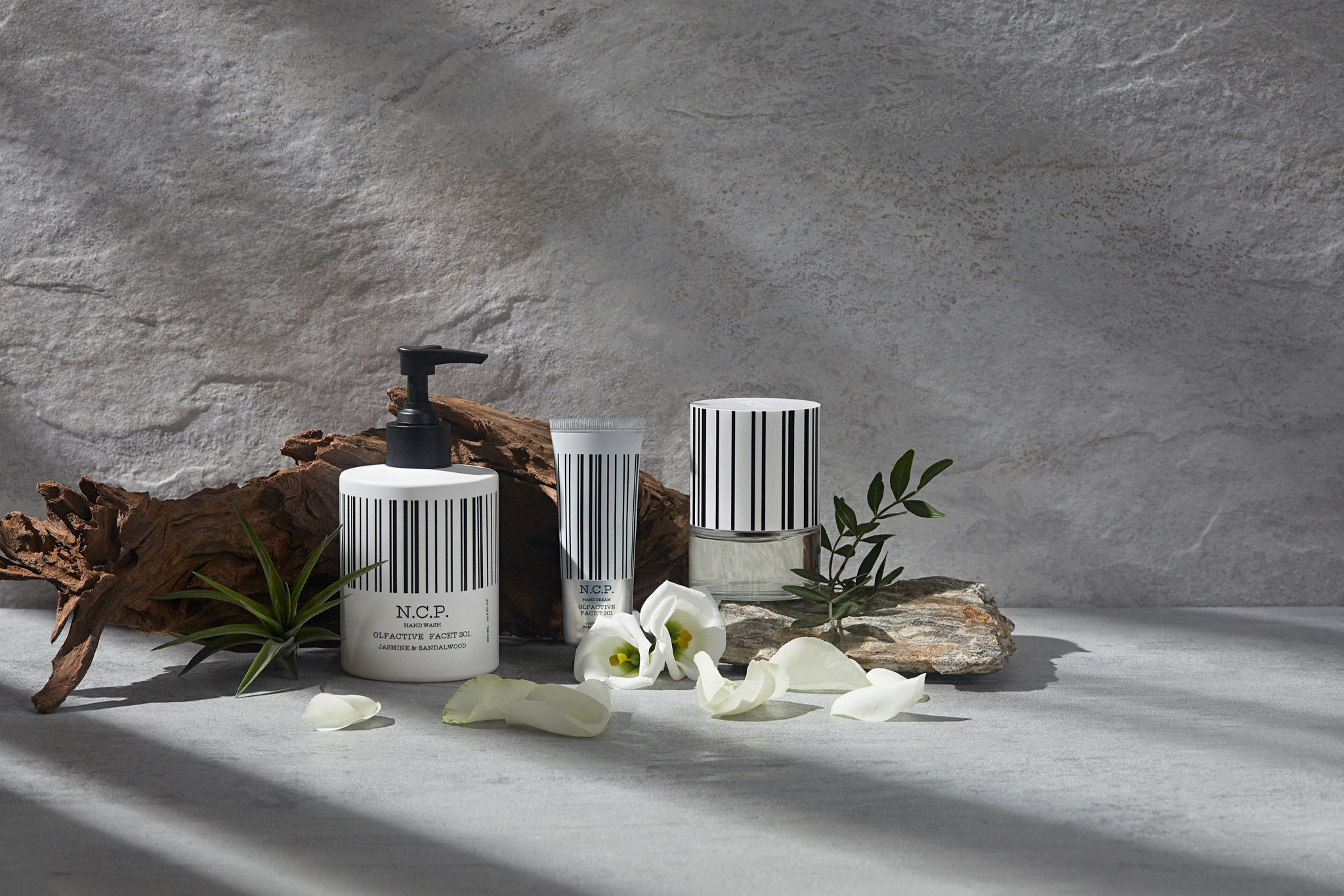The adjective “olfactive” comes from the root word “olfactory”, which simply relates to the sense of smell. Considering perfumes ability to mimic or even create a particular scent, this word became strongly associated with perfumery.
To help us understand perfume and facilitate functioning within this capturing field, scents have been classified into several families, which function as a guide to deciphering a perfume composition.
With a plethora of about 1500 raw materials, perfumery might seem a dense environment to navigate but if you know the categories of olfactive families, you will feel at ease when discussing various perfumes from around the world or when composing your own scent!
The key thing to know is that the various fragrance families fall into simple categories of feminine, masculine or neutral scents. After that, scents are grouped into seven olfactive families based on their origin.
Layering allows you to find your signature scent.
Originally developed in the Middle East, fragrance layering is a technique that consists of combining several perfumes at the same time. The goal is to create your own personal scent.
Layering allows you to create your own signature scent, whether for a special occasion, your mood or to edit your favourite fragrance to suit a new season. Layering allows to find the scent which is uniquely you
Layering fragrances may sound complicated, but it is simple. It is all about balance and personal preference.
Layer your scents on the same area, like your wrist, without waiting for the first to dry. Simply spray one, then spray another, and gently blend by pressing your wrists together. Beginners should focus on wearing two or three scents at once — at least until they get the hang of it — and always give your mixture a non-skin try first.
Imagine yin and yang. It is all about balance. If you like deeper fragrances, pair with a sparkling floral or a citrus to lighten and brighten. Pair a bright fresh top note with heavier back notes or increase the richness of a fragrance by layering a scent that is more background heavy (i.e. vanilla, woods, musk’s) and create a lighter rendition by layering fresh or fruity notes on top.
At N.C.P. we have been careful to create complex fragrances with short ingredient lists. This enables the fragrances to be readily layered without causing the mixes to become muddy or overwhelming.
We recommend that you test your way forward, there is no right or wrong, it comes down to personal taste. If you like it…go with it.



